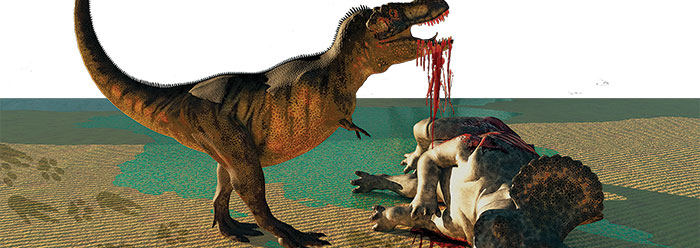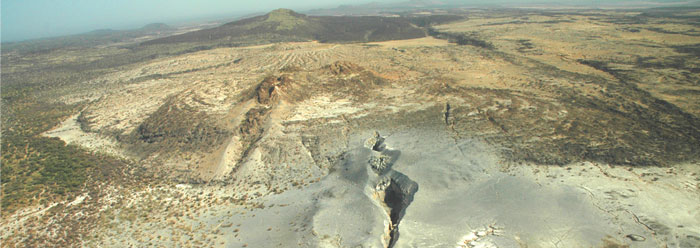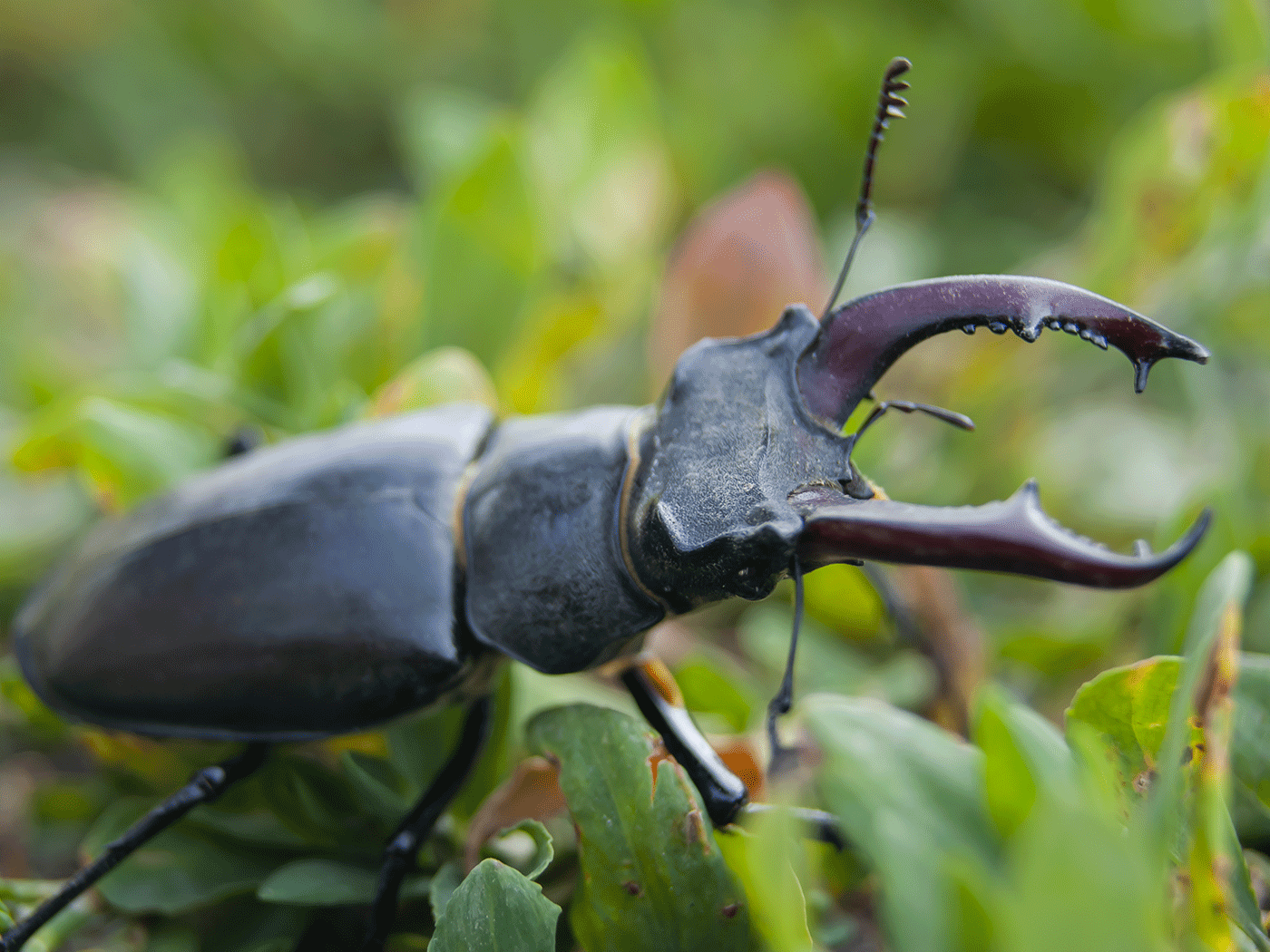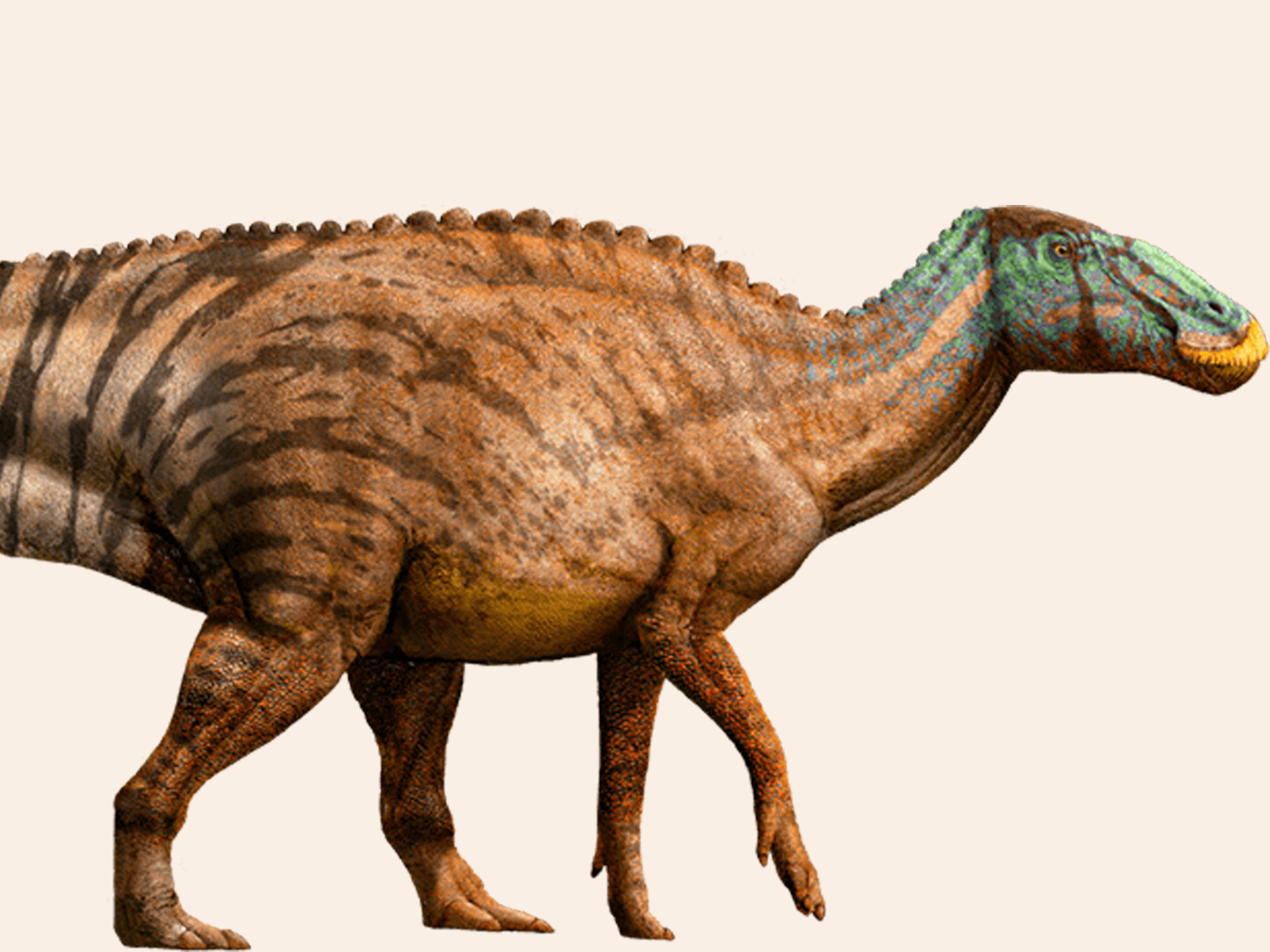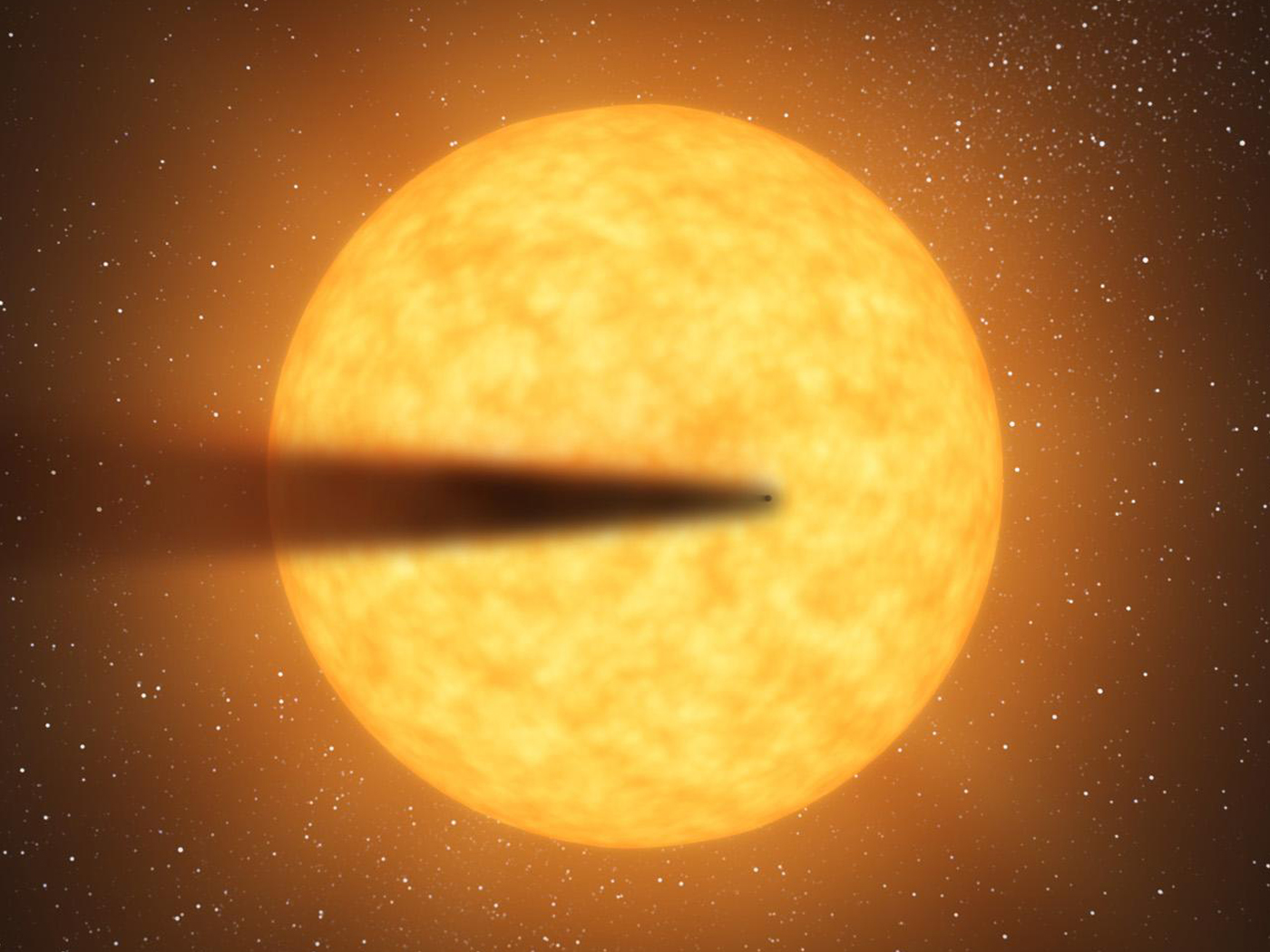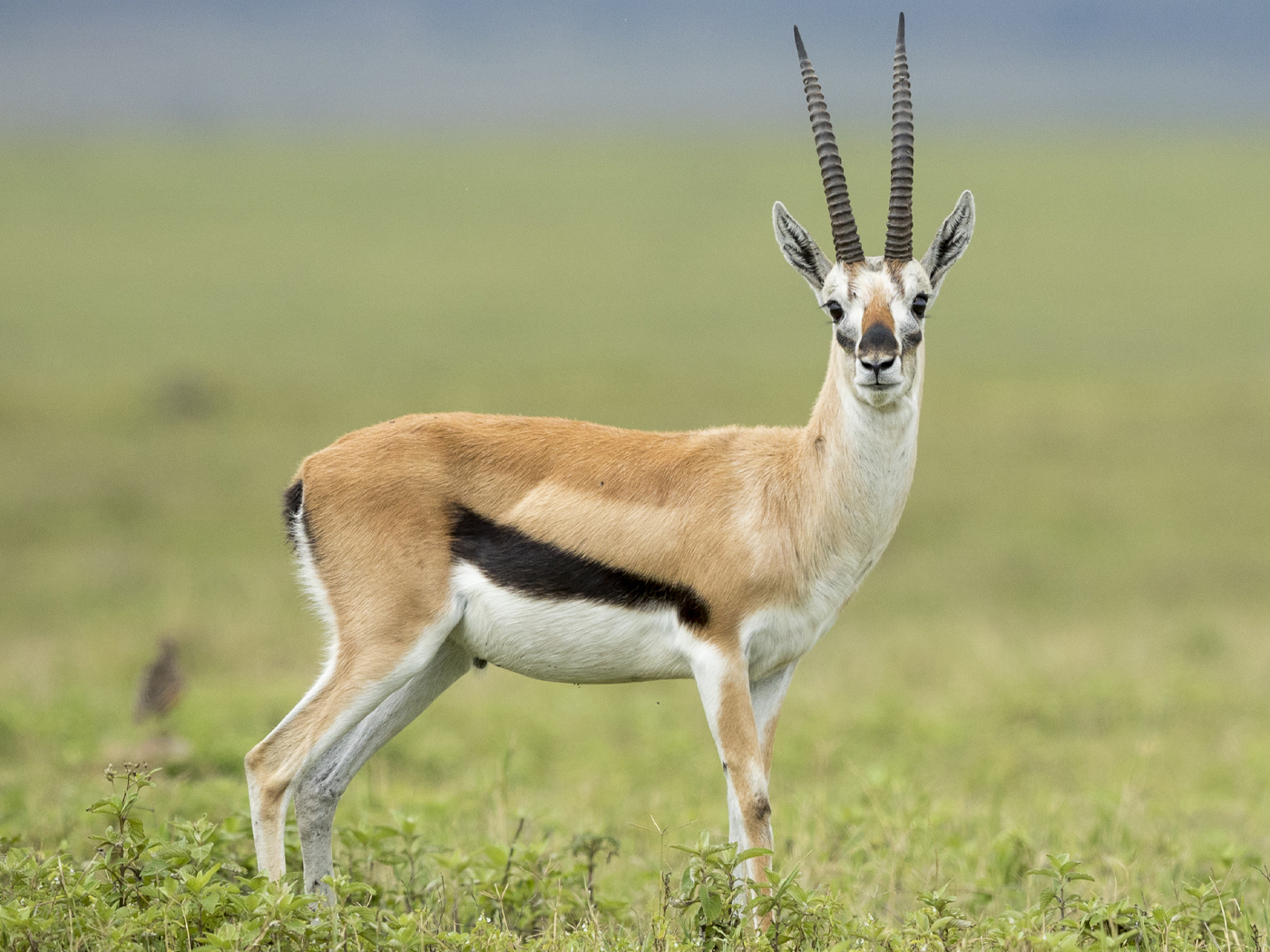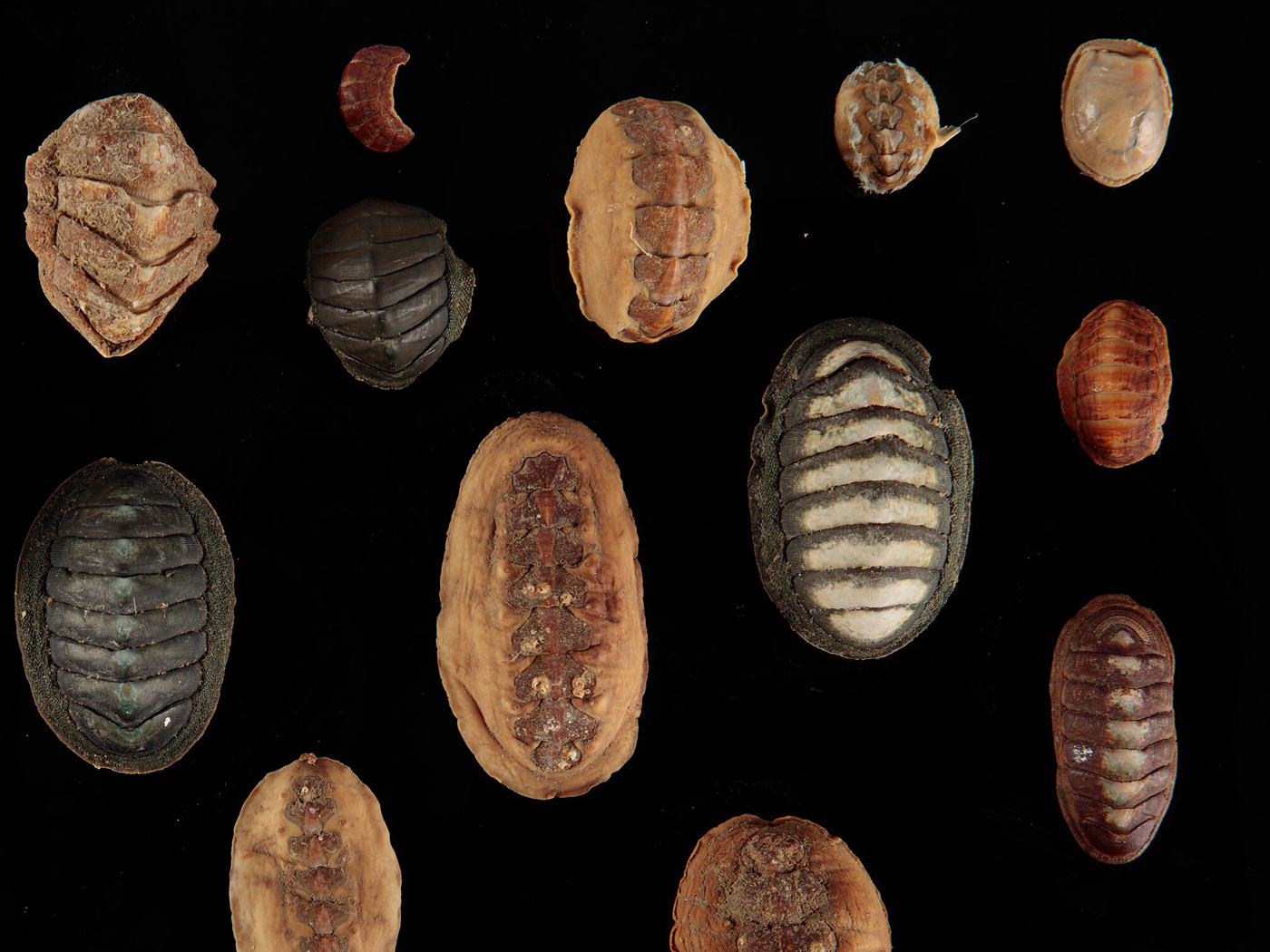Tyrannosaurus rex looms in recent history as likely the most famous dinosaur that ever lived. The Jurassic Park movies pumped new life into its image as a savage predator. But how much of this is Hollywood hype and how much reflects science?
Looking at the numbers, an adult T. rex weighed in at over five tons. If it were endothermic (i.e., warm-blooded), it would need to eat the equivalent of a full-grown, three-ton hadrosaur each week. If it were ectothermic (i.e., cold-blooded), it would only require a fifth to a tenth as much sustenance. Research on the eating habits and predatory patterns of T. rex lends some interesting results.
Studies of bite mechanics support the notion that T. rex was truly the “king of dinosaurs.” Scientists in England used dynamic musculoskeletal models to simulate its bite strength and found it nearly doubled that of an equivalent-size alligator.1 Such strength explains the numerous teeth marks imprinted on dinosaur fossils and found to match T. rex’s unique, D-shape teeth. Gouges from large carnivore teeth were even identified on a T. rex toe bone, implicating possible cannibalism.2 The question is, what was this great strength used for—scavenging, predation, or both?
Paleontologist John R. Horner thinks T. rex was exclusively a scavenger, surmising it was slow in speed and pointing to its massive olfactory lobe that likely enabled it to smell carcasses from afar. However, healed wounds, caused by an animal the size of T. rex and found on Triceratops and Edmontosaurus dinosaur skeletons, indicate these creatures survived predatory attack.3 Most recently, scientists reported finding the tip of a T. rex tooth embedded in the backbone of a duck-billed dinosaur.4 The backbone had healed around the tooth, demonstrating survival after the failed attack. Such evidence aligns with conclusions by some paleontologists that there weren’t enough carcasses available for T. rex to subsist only by scavenging.5 Finally, contrary to perceptions of these creatures as “slow,” they were certainly fast enough to catch their dinner. A study using biomechanical models determined an adult T. rex could run about 18 miles per hour—fast enough to capture prey.6 These findings imply that T. rex probably ate whatever it came across—as an opportunist, and not just a scavenger.
Regardless of its bite strength and teeth, in God’s original creation even T. rex was a vegetarian, like all other animals.7 It wasn’t until after the sin of man and the Curse that T. rex became a meat-eater—Genesis 3:14 extends the Curse to every beast, which included dinosaurs. With those massive teeth, it’s still a mystery as to exactly what type of vegetation T. rex ate.
Recently, scientists documented fruit and plant consumption in 13 of the 18 species of crocodilians, classifying them as “generalist predators that complement an otherwise carnivorous diet with fruit.”8 In the same way, fruit and plants probably served as supplements to the mighty T. rex after the Curse. In fact, according to Genesis 6:21, the Ark stored a wide variety of plants, grains, and nuts for the year-long journey during the Flood. Preservation of each species would have required animals on the Ark to survive exclusively on a vegetarian diet.
Although discoveries of some predators consuming plants may surprise evolutionary scientists, creationists expect them. Tyrannosaurus rex may have had the strongest bite and the biggest teeth of any dinosaur, but it once survived on a diet of plants alone. In spite of its reputation as a violent aggressor, T. rex actually reveals God’s creativity in its anatomy and the diversity of its eating habits, which allowed for survival in a variety of conditions.
References
- Bates, K. T. and P. L. Falkingham. 2012. Estimating maximum bite performance in Tyrannosaurus rex using multi-body dynamics. Biology Letters. 8 (4): 660-664.
- Longrich N. R. et al. 2010. Cannibalism in Tyrannosaurus rex. PLoS ONE. 5 (10): e13419.
- Brusatte, S. L. 2012. Dinosaur Paleobiology. Chichester, UK: John Wiley and Sons, Ltd., 169-171.
- DePalma II, R. A. et al. 2013. Physical evidence of predatory behavior in Tyrannosaurus rex. Proceedings of the National Academy of Sciences. 110 (31): 12560-12564.
- Carbone, C., S. T. Turvey, and J. Bielby. 2011. Intra-guild competition and its implications for one of the biggest terrestrial predators, Tyrannosaurus rex. Proceedings of the Royal Society B. 278 (1718): 2682-2690.
- Sellers, W. I. and P. L. Manning. 2007. Estimating dinosaur maximum running speeds using evolutionary robotics. Proceedings of the Royal Society B. 274 (1626): 2711-2716.
- Genesis 1:30.
- Platt, S. G. et al. Frugivory and seed dispersal by crocodilians: an overlooked form of saurochory? Journal of Zoology. Published online before print July 16, 2013.
* Dr. Clarey is Research Associate at the Institute for Creation Research and received his Ph.D. in geology from Western Michigan University.




